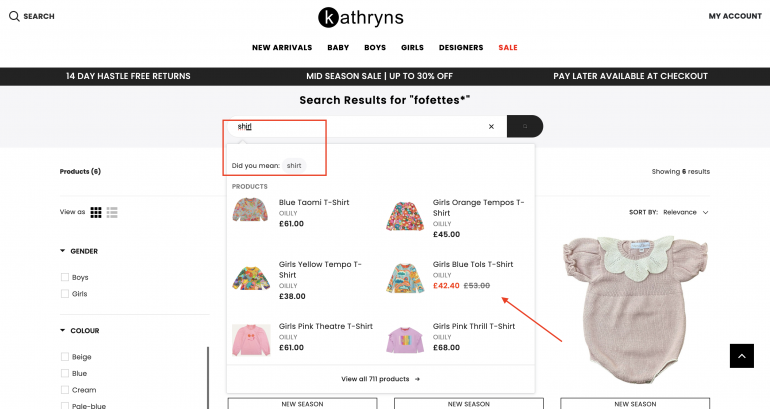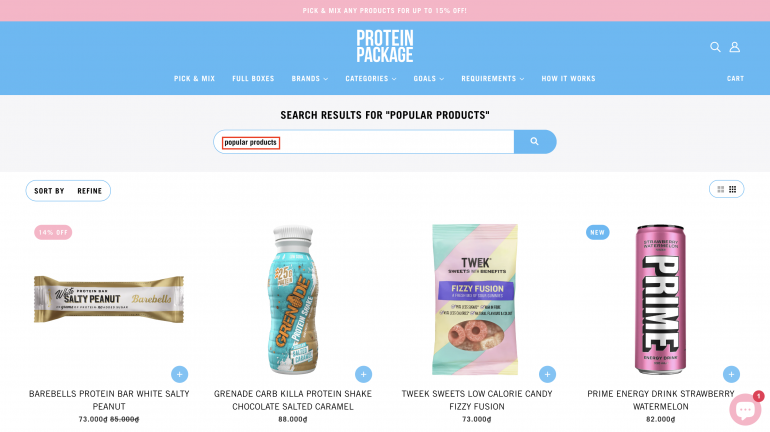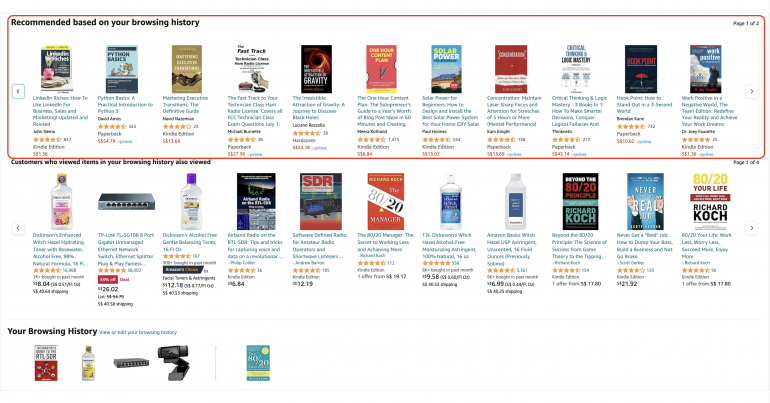Semantic Search – A Powerful Technique For eCommerce Stores

In the bustling world of e-retail, where pinpoint accuracy and pertinence matter, how clients find products is dramatically changing. Semantic search—the technology revolution responsible for this shift—augments the online shopping journey. More than product discovery, it apprehends the subtleties of human speech and purpose. It refines your online search to decipher customer preferences better. This leads them right to the products they covet most. Our discussion focus? Semantic search: its definition, and its impact on our digital shopping behavior.
Ready to dive in?
What is Semantic Search?
Semantic search is an advanced way to pull up information. Its goal? To better the precision and pertinence of search engine results. It does this by getting the gist and setting behind a user's inquiry. Unlike usual or classic keyword searches, just matching with particular keywords is not enough. Semantic search aims to grasp the words' meaning, their interconnections, and the user's main intent.
Key elements of semantic search include:
- Natural Language Understanding (NLU): Semantic search tools use something called natural language processing (NLP). This is a fancy way of saying they look at words and phrases and figure out what they mean. They also get words that mean the same thing, opposites, how words relate, and the context.
- Grasping Concepts: Semantic search doesn't stop at matching keywords. It delves deeper. It understands that different words can mean the same thing. The goal? To show results that are really connected to what you're asking for.
- Recognizing Context: Integrated into semantic searches is the ability to comprehend the setting of a search. What does this mean? Well, it factors in things like where you are, any past searches you've made, and what you've just been looking for. This makes your search more fitting to your needs. Suppose you look up 'top dining places.' Well, your results will vary if you're in the heart of NYC or the streets of Paris.
- Grasping User's Goal: With this tool, it attempts to decode what you want from your search. It's smart enough to differentiate your search types. Are you hunting for information, seeking a specific site, or planning to buy something? It gets better with each type.
- Entity Spotting: Semantic search recognizes details like people and places, even businesses, and stuff, in the web search and website content. It makes search results better and more exact.
- Personalization: It uses user-specific details, habits, and likes to modify search results for each user. So, web shop owners can make user experience better. They do this by giving users more personalized and relevant information. Data with Semantic Annotations: Web content may have semantic tags to activate semantic search. This includes things like metadata and data markup structured (like Schema.org). Because of this, search engines get to know the content and its context more.
How Does Semantic Search Work in eCommerce? (With Examples)
Semantic search was originally the domain of behemoths like Google, Amazon, and Microsoft (Bing). These businesses spent a lot of money to make it possible for customers to type in almost any query and obtain fantastic answers. Amazon, for instance, employed roughly 2,000 engineers and data scientists to optimize on-site search.
What took Amazon 20+ years to design may now be done quickly by anybody at a tenth of the cost. Today, owing to updated machine learning models, any business, including yours, can integrate semantic search into an e-store to deliver better search results, skyrocket revenue, and happier shoppers.
Let’s see how online brands are using semantic search to leverage their business!
Typo Tolerance
Typo correction is one of the key search features for any online store. Thanks to semantic search, it’ll show results for mistyped keywords with letter missing, letter swap, and letter deletion.

Source: Kathryns
Take Kathryns store as an example here. Imagine you’re searching for a tee for your kid, but you accidentally type ‘shirl.’ As the store owner already enabled semantic search, it immediately recognizes the typo and your intention, then displays the correct ‘t-shirt’ options.
Read more: 40 Outstanding Fashion Shopify Themes
Trending Products Search
When you visit a store for the first time, you’re probably interested in finding popular items or top-rated ones. Therefore, you might search for the most popular/trending products. Semantic search uses AI to analyze search trends and user behavior, presenting insights into the latest popular ones as you’re looking for.

Source: Protein Package
Protein Package is a successful British startup in healthy protein snacks and nutritional supplements. The e-store offers tens of categories which might be overwhelming if you don’t have any ideas about the exact stuff you’re gonna buy. Hence, shoppers can start with popular products. Once you key in the term, you’ll see a list of 19 currently trending ones, including new arrivals, discounted items, and sold-out stuff.
You might also like: Top 20+ Health & Beauty Shopify Themes to Build a Stunning Online Shop
Personalized Product Recommendations
Product recommendations are no longer new to the online retail industry. Why? It’s a great way for e-merchants to kick off upsell and cross-sell strategies to squeeze more sales with different recommendation types.

Source: Amazon
Let’s say you frequently shop for Kindle books on Amazon. Semantic search learns your preferences and past purchases. When you search for any books, it will provide personalized recommendations based on your previous browsing history, recently purchased, or viewed.
Voice Search
With an increase in the popularity of smartphones and m-commerce, voice search is like a must-have feature. Your phone has apps that allow you to speak into them, and they will recognize your words, just like how Siri or Alexa works. However, these apps work with your online store in this situation by recognizing the brand or product names customers are searching for.

Source: Sephora
Sephora has leveraged the power of voice search to improve the shopping experience both in-store and online. Sephora Voice, their voice-activated shopping assistant, is compatible with Amazon Alexa, Google Assistant, and Apple HomePod. Also, customers can use this tool to search for goods, acquire product information, compare prices, and even access cosmetics lessons, and skincare recommendations, and schedule beauty appointments.
Wrapping Up
The integration of semantic search technology into eCommerce has ushered in a new era of online shopping—one that is characterized by precision, personalization, and user-centricity. This transformative technology has bridged the gap between what users seek and what online stores offer, making the shopping journey smoother, more intuitive, and ultimately more satisfying.
Online shopping keeps changing fast. Semantic search is more than just a hot topic. It changes how we shop online. It has a lot to offer for online shoppers and businesses. It's a key part of the future of online retail.
About the author
Copyright © . All Rights Reserved
